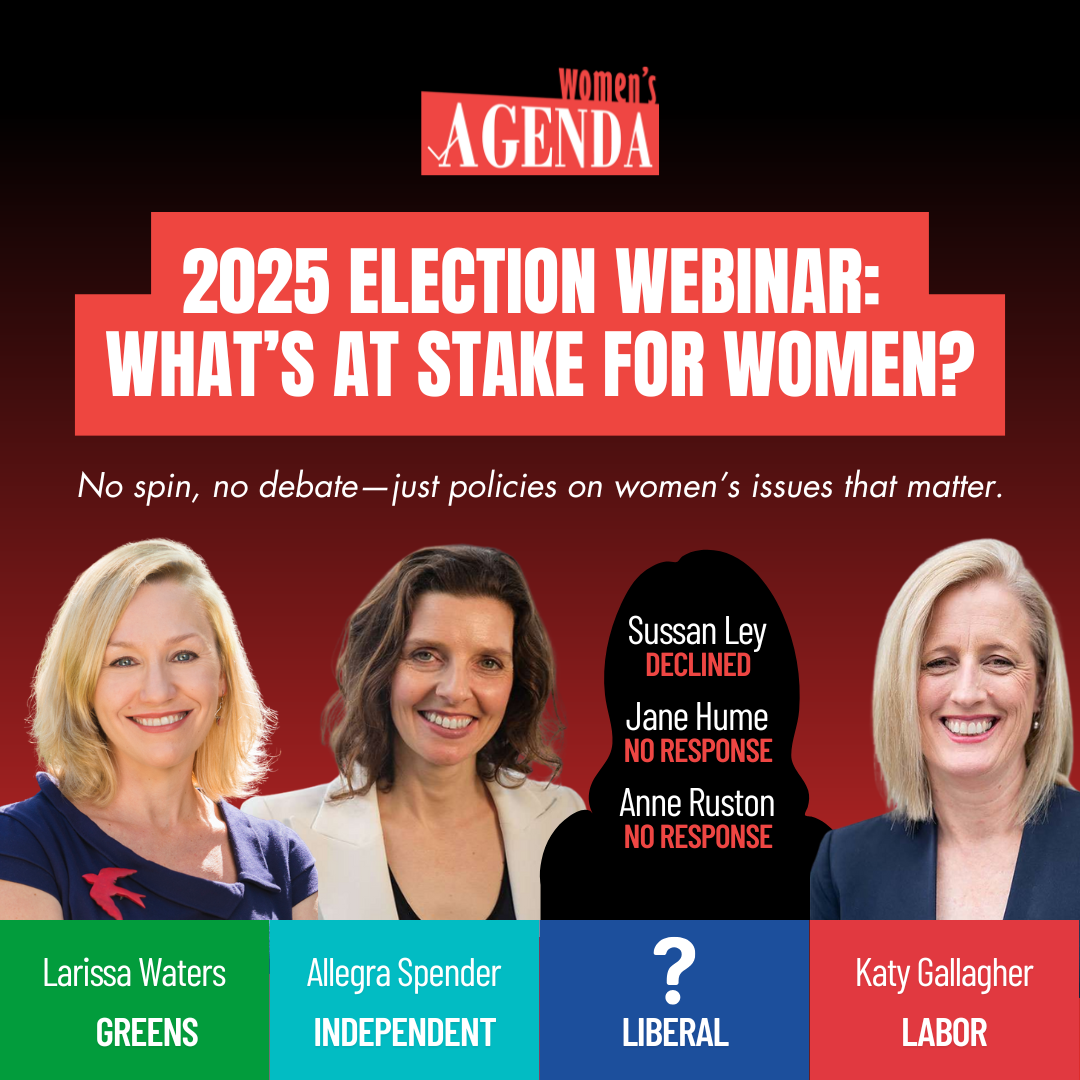It’s not what you know, or even who you know: when it comes to the boardroom, it’s how many people your own connections know that really matters.
But for women on the ASX, there’s hardly an “old girls network” to rely on for this, at least not in an official capacity based on visible boardroom connections.
And that’s not just because women are still significantly underrepresented on the ASX, where the ladies account for just 10% of the board positions available (a little more on the ASX 200). Rather, it’s because women tend to be connected to the opposite gender.
However, there are 10 leading female “super connectors” on the ASX, according to company mapping experts Optimice, based on data provided by Thomson Reuters (as of August 2012). Individually, they are their own networking hubs, powerful centres of capacity for boardroom introductions and collaborations. These women have the ability to reach a significant number of board members directly, or through an introduction from somebody they share a boardroom table with.
Optimice refers to the “super connectors” as those who come out on top of the “direct reach index”, an index that measures how many people we can assume a single board member can connect with through their one or two degrees of separation. While board members can obviously reach out to directors with absolutely no companies in common, it’s these direct connections that are visible and where interactions occur in an official capacity.
Women are represented far better amongst the upper echelons of the super connector crowd than they are across the boardroom positions of the ASX, accounting for 20% of the top 100 super connectors on the exchange. But the female “super connectors” overwhelmingly reach other male directors, rather than women, and share few links with each other.
Jane Hemstritch is well ahead of the rest. Sitting on the boards of the Commonwealth Bank of Australia, Lend Lease Group, Tabcorp Holdings and Santos, she can reach 291 board members in total – 41 directly and 250 through an introduction via one of the people she shares the boardroom table with.
She’s followed by Nora Scheinkestel with 267 board member connections in total, 41 directly through her four boards AMP, Orica, Pacific Brands and Telstra, and 220 through an introduction.
Influence of the super connectors
Cai Kjaer, a co-founder of Optimice who worked with Women’s Agenda on the results, says the fact women are mostly connected to other men paints a “depressing picture of gender diversity”.
But he adds that the super connectors hold significant influence – and getting them on a board is useful to a company’s bottom line.
“We know from our own research that companies with highly connected non-executive directors outperform those that don’t. And we are talking a big impact,” he says.
By analysing the boardroom connections of 583 listed companies that reported their revenue and market capitalisation results for the period 2004 to 2012, Kjaer found those companies with strong boardroom links to other ASX-listed entities delivered a better performance. The difference is significant: companies experience an 83% difference in the compound annual growth rate on revenue by having highly connected non-executive directors, he found.
The advantages of working with well networked individuals is backed by global research. In one such study from the University of Virgina, the researchers found that the leaders who excel are those who can use their networks to compensate for “weaknesses in formal structures”. It found that just 3 to 5% of the people in a network account for up to 35% of the valued-added ties. The key networkers drive a good chunk of the deals, source the talent, inspire innovation and come across efficiency gains.
The super connectors have a lot to offer, but do they hinder or promote board diversity? These 10 women hold a large number of the available board positions for starters – so that doesn’t help in getting new individuals onto ASX-listed entities. But while these female super connectors share a few things in common, they do bring a wide range of industry experience to their positions and can use their broad spread of networks to make new introductions across the ASX.
About the best female “super connectors”
The 10 leading super connectors cover different industries. They’re mostly in their 50s, and have held positions like managing director, chief legal officer, chief financial officer, finance director and CEO before racking up the board positions. A background in finance or law appears particularly useful for becoming a female super connector, with Sandra McPhee’s experience standing out from the rest on this. The former Group General Manager of Alliances at Qantas has extensive experience in sales and marketing.
Most of these women have also assisted in shifting the gender balance on the ASX 200; the percentage of board positions has increased slightly from around 10% in 2010 to 16.5% today.
So it’s no surprise that some have shifted up into super connector status fairly quickly – like IIana Atlasa, who joined the boards of Coca Cola and Suncorp in 2011, after being mentored by David Gonski. Shannon Coates, meanwhile, may be the most connected female board member in mining. The lawyer sits on the 10 boards in the mining and resources sector and she also appears to be the youngest of the 10 super connectors. Emma Stein also makes the list, having only arrived in Australia in 2003 from France where her career spanned utilities, energy and resources.
So should companies rush to get these women on their own boards? As the research suggests, getting individuals from the super connector ranks can aid performance.
But these women are busy enough. It may be the next generation of super connectors who can really help.

